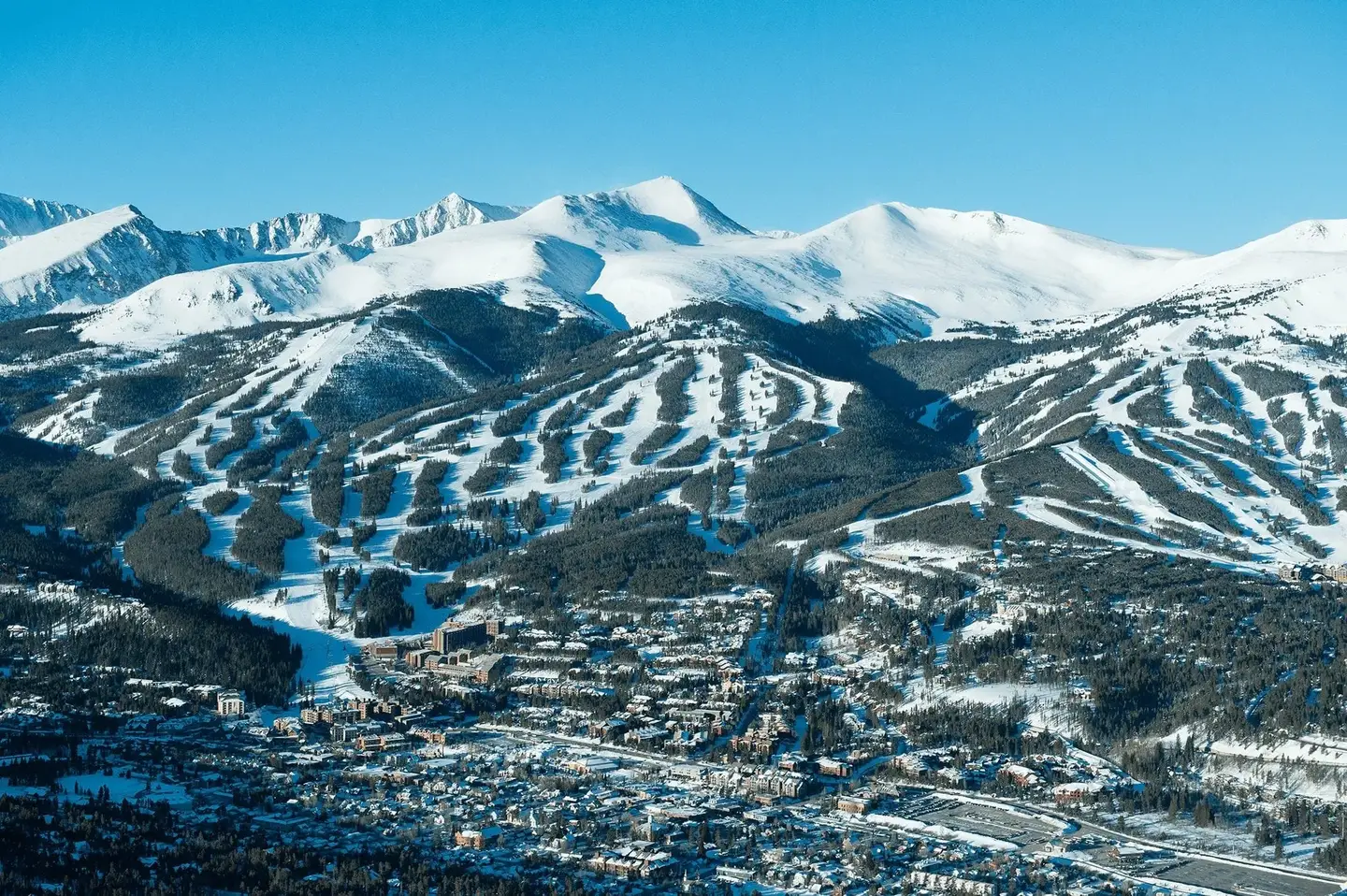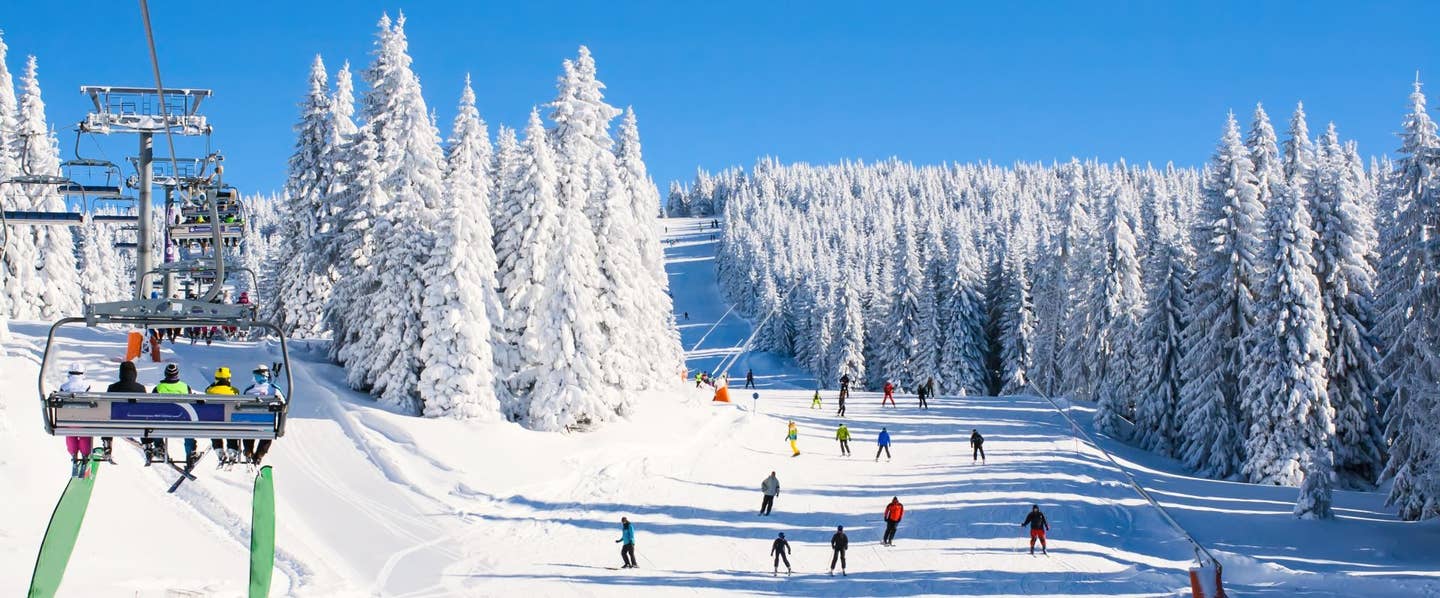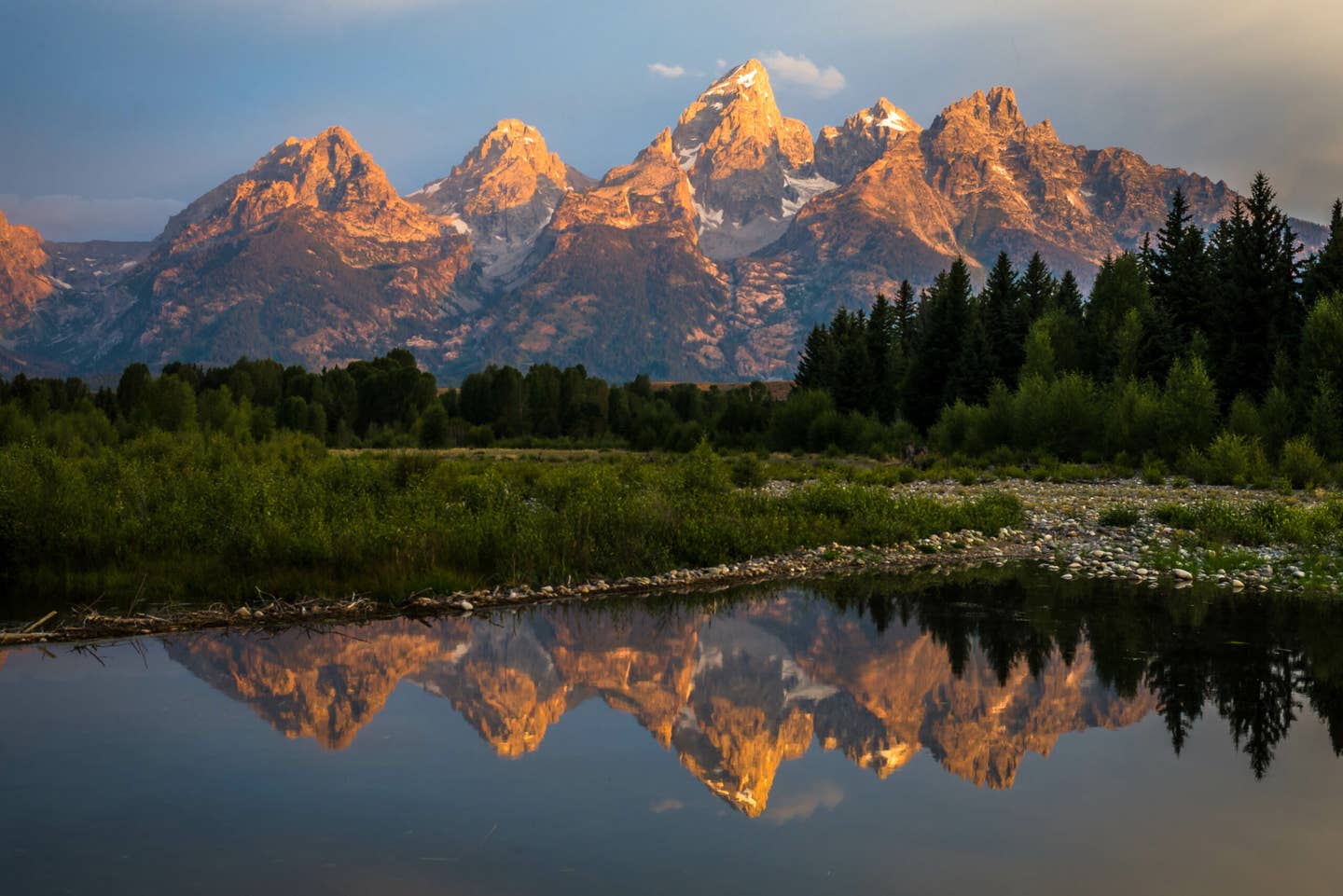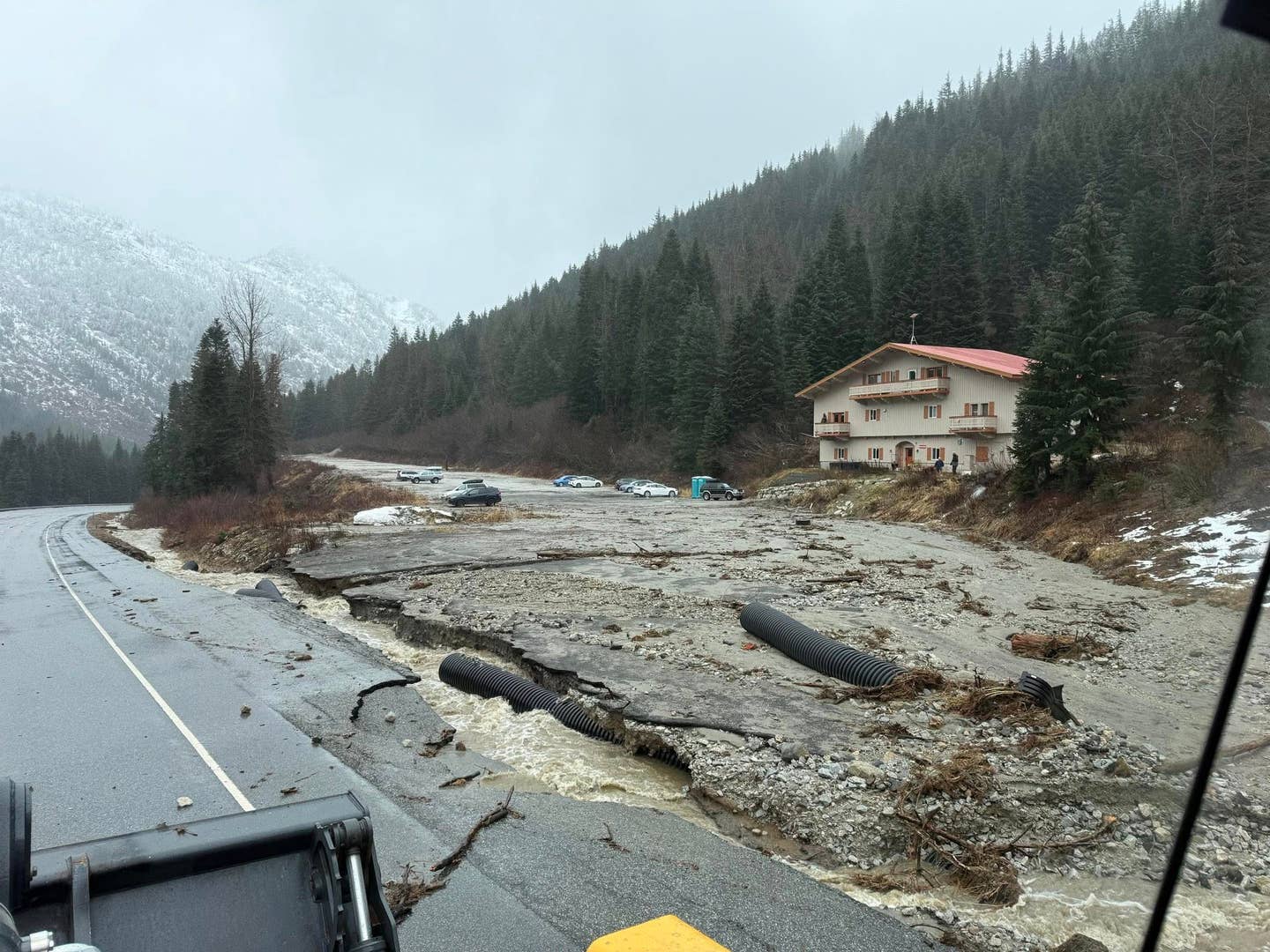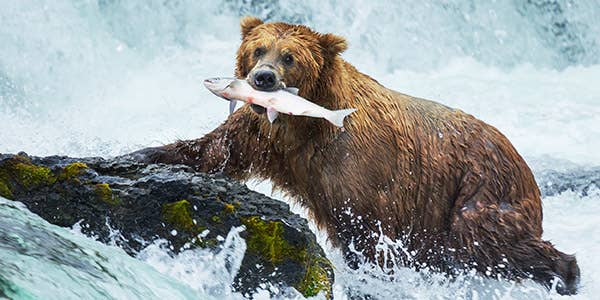

Grizzly Bears Back On Endangered Species List As Legal Battle Ensues
Popular Stories

Grizzly Bear. Photo: National Wildlife Federation
Before 1800, approximately 50,000 Grizzly bears roamed the United States. The greater North American Grizzly population occupied a continuous range that stretched west to the coast of California, East to the Great Plains of Nebraska and Oklahoma, south to portions of Northwestern Mexico and as far north as the arctic reaches of Canada. In 1975 when the U.S. first listed the species as endangered, the population numbered only 1,000, and their range was a shattered skeleton of its former self. The Greater Yellowstone Ecosystem, an area that stretches into portions of Wyoming, Idaho and Montana, with Yellowstone as its center, had only 136 Grizzly bears at the time. This startlingly low number prompted the Fish and Wildlife Service to place the species as endangered, an act which afforded them substantial protections and helped grow the population to the 700 strong it is today.
In 2017 the Trump administration, citing the increased number of bears in the park and reviewing the "best available scientific and commercial data," removed protections for the animals within the Greater Yellowstone ecosystem. Soon, a slew of environmental groups and Native American coalitions took legal action to challenge the decision of the Fish and Wildlife Service. The groups argued that the FWS had failed to account for a series of factors that went beyond the argument that there are enough bears for the population to be healthy. The groups provided evidence that food sources for the bears are in rapid decline, there is a plateauing number of crucial female bears in the park, and worries regarding the health of the larger Grizzly population in the U.S.
Sign Up for the TGR Gravity Check Newsletter Now
Environmentalists argue that for the bears to be delisted as a threatened species, it is crucial for the six ecosystems they inhabit to be connected. Without this, inbreeding within the smallest populations, places like the North Cascades where there are only ten bears and the Selkirk Mountains where there are forty, will inevitably spell their disaster. Environmentalists also argued that delisting the bears would set a dangerous precedent for future regulators and provide groups hostile to bear conservation more leverage to dismantle protections.
In 2018 a Montana Judge ruled against the Fish and Wildlife Service, telling the regulatory group that the bears must be relisted as a threatened species. On August 4th, almost a year after that initial decision was made, the FWS relisted the species as threatened and renewed their protections. The decision is a major win for environmental groups, and a loss for big game hunters and the ranchers that live on the periphery of the Park. One prominent Congresswoman, Liz Cheney (R) of Wyoming, has introduced an act alongside Senator Mike Enzi, which seeks to once again de-list the species in Yellowstone, and “prohibit future judicial review of this decision”
For more information on the decision, see the Sierra Club’s press release.
